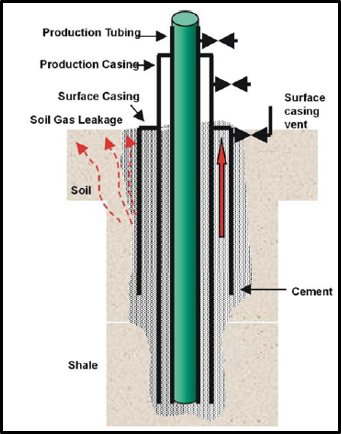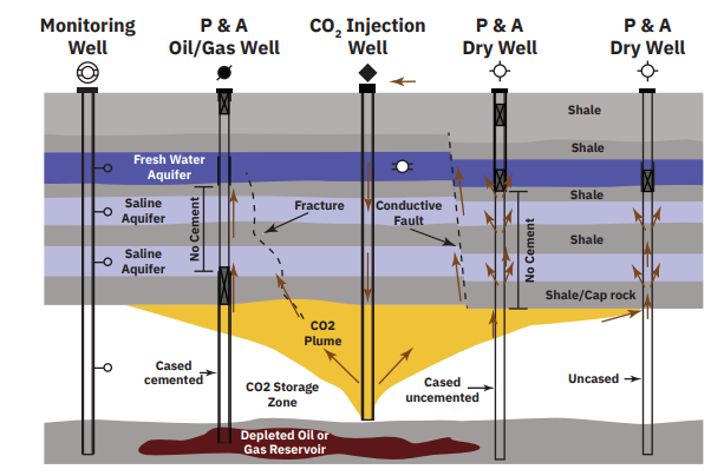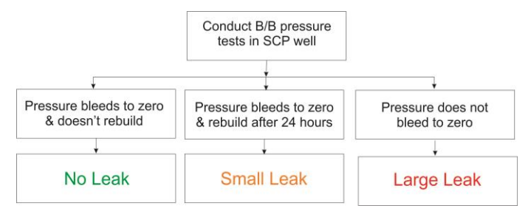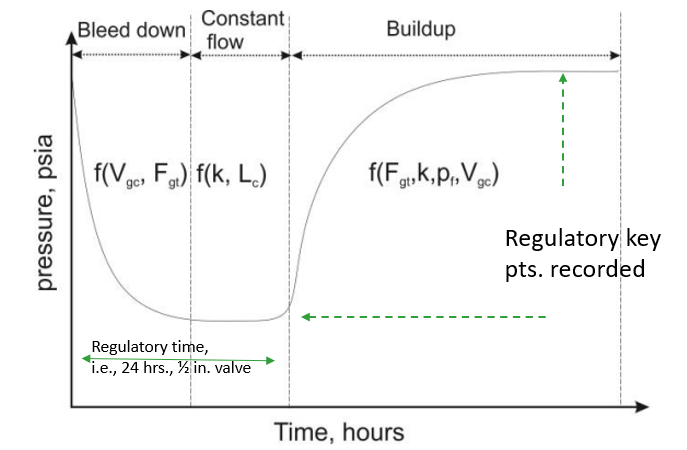Carbon Capture, Utilization, and Storage (CCUS)
Geochemistry Use in Carbon Capture, Utilization, and Storage (CCUS)
On new carbon, capture, utilization, and storage (CCUS) projects, APT offers workflows and geochemistry tools that help with monitoring and assessing well integrity. This is through our ability to perform forensic geochemistry (attribute analysis) in the event of anomalous gas detection in annuli or at surface.
Using geochemical workflows, we can rapidly identify biogenic v. thermogenic gas and internal v. external gas (SWD, CO2 signature, etc.). In addition, these workflows allow us to determine the depth(s) at which the casing is leaking as well as the source(s) of any identified aquifer contamination.

Solution Deployment
The deployment of a surveillance geochemistry program is a 2 stage process.
Stage 1: Baseline Characterization
This should be done during initial drilling and ensures a robust baseline characterization is available should later ‘issues’ emerge. This characterization includes vertical mudgas profiles (shallow oils from cuttings) but is not required for every well; baseline characterization is sufficient for a radius of around 2-5 miles.

Stage 2: Ongoing Surveillance/Monitoring
Annuli samples should be collected as standard periodically every 2-3 years and/or if excess annuli pressure is reported from wells.
Programs can also be expanded to include offset well monitoring with the collection of additional produced gas and water samples for compositional & isotope characterization.
Program Design
Sample & analytical requirements in surveillance geochemistry programs depend upon the overall project objectives.
Ideally, baseline characterization will include pre-drill and drill compositional & isotopic assessment of samples, including:
- Formation Waters
- Production Waters
- Production Gas
- Mud Gas
Investment in detailed and robust, baseline characterization, ensures that future issues with anomalous gas detection can be readily tied back to the appropriate sources for attribute analysis.
How We Collect Samples
Annuli Pressure
- Sample by pressure bin (low to high)
- Not just the problem wells, helps to provide background context
Pressure bleed-down/buildup testing
- Sample before and after test
Production
- Example prior to shut-in preparation for abandonment
Free gas
Associated oil
Isoflask
- Dissolved gas in water, water chemistry
Pressure Bleed-Down/Buildup Testing
Surface casing annulus pressure bleed-down and buildup tests are a common method to access the severity of a leak (SPE-170693, 2014). When the test is combined with fluid samples before and after the pressure bleed-down a better understanding can often be accessed for the cause of the leak, which helps in remediation.
Large leaks are often thermogenic gas, and that information, when combined with robust baseline work as described above, can lead to proper attribute analysis for remediation.

